We left the main road at Cross in Hand then down the back lanes to Chiddingly, an enchanting drive through the woods, alternately dappled with jewelled light sparkling through the leaves or dark and gloomy in sunken, narrow holloways, and always the threat of encountering oncoming traffic around the next bend of the single track road. It was an adventure even before we arrived.
We parked in the village, outside the old unnamed Draper Grocer, thinking it was a tea shop, but then realised it’s now a private residence so we quickly moved to the church car park.
It’s just up the road from The Six Bells,
…described by the Good Pub Guide as a lively, unpretentious village local with good weekend live music, extremely good value bar food and a friendly long-serving landlord. It is said that Picasso, who frequently visited Farley Farm, walked into the pub and offered to pay for a drink by doing a drawing. But the landlord said he could pay like everyone else.
But we were headed in the opposite direction. We went through the churchyard and around the cricket pitch, over a bridge and through the woods to Muddles Green and Farley Farm House.
The banner pinned to the fence reads – Farley Farm House & Gallery, Home of the Surrealists – with a signature of Lee Miller and an upside down signature of Roland Penrose. The blue plaque reads – The Royal Photographic Society, Lee Miller, Photographer 1907-1977 lived here.
We had a guided tour of the house, but cameras were not permitted so I’ve no photos to show for it – a shame that a photographer’s house should be unphotographable – and I wish I’d recorded the tour guide whose story brought the place to life. We started in the kitchen, where there’s a ceramic tile by Pablo Picasso cemented to the wall behind the AGA and we ended at the bookshop, where we bought postcards from the granddaughter of Lee Miller & Roland Penrose.
Fireplace Mural, Farley Farm, 1950: Roland Penrose
Dining Room Dresser, Farley Farm House, 2012: Tony Tree
Picnic – Nusch and Paul Eluard, Roland Penrose, Man Ray and Ady Fidelin, 1937: Lee Miller
Solarised Portrait of Lee Miller, c.1929: Man Ray
Portrait of Space, Al Bulwayeb, near Siwa, Egypt 1937: Lee Miller
Lee Miller’s War Correspondent Ephemera, Farley Farm House, 2011: Tony Tree
Roland Penrose & Lee Miller, Arizona 1946: Unknown Photographer
Picasso and Antony Penrose, Farley Farm House, 1950: Lee Miller
Picasso, Antony Penrose and Lee Miller with William the bull, Farley Farm, 1950: Roland Penrose
Picasso and Roland Penrose conversing in French, Villa la Californie, 1956: Lee Miller

Lee Miller and Roland Penrose for Vogue, 1965: Cecil Beaton
Tucked away in the Sussex countryside Farley Farm House conjures up an extraordinary atmosphere that testifies to its position as a meeting place for some of the key personalities in twentieth century art.
Lee Miller and Roland Penrose came to live in Farley Farm House in 1949 and for the thirty five years that followed they built up a collection of contemporary art treasures, many of which were created by their friends and visitors including Pablo Picasso, Man Ray, Max Ernst, Paul Éluard and Joan Miró. The work of these and numerous others are exhibited in the house alongside those of Penrose and Miller giving the visitor a fascinating look into the world of the Surrealists.
Lee Miller (1907-1977)
Born Poughkeepsie, New York, began her photographic career as a top fashion model for American Vogue and Vanity Fair. In 1929 she became the lover, pupil and collaborator of the Surrealist photographer Man Ray in Paris and later ran her own studio there and in New York. Her Surrealist images along with her pack shots, portraits and extraordinary WWII combat photographs have earned her a key place in the history of art.
Roland Penrose (1900-1984)
A Surrealist artist, known to many as friend and biographer of Pablo Picasso, Joan Miró, Man Ray, Antoni Tàpies and close friend of Max Ernst and Paul Éluard. Penrose is remembered for his First International Surrealist Exhibition of 1936 which marked the beginning of British Surrealism. He co-founded the ICA with Herbert Read and was curator of the Tate’s highly acclaimed Picasso exhibition in 1960. In 1966 Penrose was knighted for his service to visual arts.
In the early 1980s I worked briefly for the Arts Council at the Hayward Gallery, and one day I was sent with a driver to collect a painting from Roland Penrose at an address on Campden Hill Road, not far from where I now work on Kensington Church Street. I wish I could remember what it was! But not long after there was a wonderful exhibition of Picasso’s Picassos at the Hayward Gallery which he helped to select. The exhibits were drawn from the collection of the Musée Picasso, which at that time didn’t yet have a permanent home. He would often tour the gallery while we were hanging the work. He was by then quite infirm and needed a wheelchair to get around. He was accompanied by David Sylvester, who didn’t need a wheelchair but used one out of solidarity for his friend, and together they went scooting around the Picassos.
Roland Penrose wrote an essay, The Drawings Of Picasso, for the exhibition catalogue. This is the opening paragraph,
I once saw Picasso make a drawing for two friends whose wedding we were celebrating. As I stood beside him it appeared out of nothing like magic before my eyes. The precision with which his hand traced a line on the blank paper made me feel that the drawing of two clasped hands with a dove hovering above them that emerged had been there already and that he was retracing its invisible presence, so definitive and unhesitating was the line that came from his pencil. Years later I was able to witness that he never lost his talent, this amazing accord between hand and eye. The moment when the invisible took shape could indeed come suddenly and spontaneously, but he did not always allow it to happen in this way. He once said to Herbert Read when they met at an exhibition of children’s drawings, ‘At their age I could draw like Raphael, but I have spent all these years learning to draw like them.’ Drawing could be a long and dramatic process of exploration, a tentative approach with all the value of a surprise attack on the elusive nature of reality. It was never the method of a craftsman patiently arriving at perfection according to set rules, but a creative struggle. ‘We are not executants; we live our work,’ is Picasso’s own description of the difference between the painstaking draughtsman and the achievements of the creative artist.
Title Unknown (Inscriptio incognita)
In the garden we found a dead tree stump designated as art, a work-in-progress, an unsolved mystery.
This fallen giant may suggest a fallen tree but perhaps it was also inspired by the Wilmington Giant, just visible from the garden on the distant Windover Hill. Roland Penrose used it as the subject of his Fireplace Mural and the great Saul Steinberg had fun with it when he visited Farley Farm in 1952.
After the garden we returned to the road and walked up Rosemount until we came to an unnamed track that led us to an anonymous pond and an incognito bird sang us an unknown song.
Things around here seemed to prefer to remain nameless and unannounced, hidden and overgrown.
We walked through a field with a horse with no name, it felt good to get out on the lane, but the dogs at the gate seemed so full of hate, we feared lest they slip from their chains!
We were clearly not welcome. Here’s a blurred photo taken as we made our hurried escape through the cow parsley down along the side of the cottage garden.
Into a patch of giant horsetails.
Through a field of wheat.
Across a stream over a bridge under a fallen tree.
Unknown Artist: Untitled (Torso)
Beside a pond.
Through a gate.
Into a meadow of wildflowers.

From here we came through woods and over fields and into the garden of The Gun for a late lunch. Then over the road, down the lane, by the farm, through the woods to the sign of the two little pigs.
stable yard / mucking out / grass paddock
bridleway / branchwood hurdles / horseflies
oakwood / footpath / beechwood
horse chestnut / early conkers / pink candles
stitchwort / elderflower / red clover
burdock / baaaaaa / bryony
nettles / footpath / brambles
Croydon / Vanguard Way / Newhaven
beanfields / big eyed beans from venus / beanfields
bumble bees / soya bees / bumble beans
Bumblebees: Catherine Pape
The path through the bean field was buzzing with bees. If we stood still we could hear the field humming. The bees flew back and forth across the path and we walked through them and they flew through our legs. There seemed to be all kinds of bees, no two looked the same. It was a bee field.
And then there was a horse field. I think that’s what they were, but they were undercover, incognito horses, so that the horseflies wouldn’t recognise them. So they found me instead. In the days that followed I was reminded constantly of our walk by their angry souvenirs on my arms and neck.
These are not my arms or my neck. But I think we’re related.
We came back into Chiddingly by buttercups, sorrel, silverweed, a rabbit warren, a pond overgrown with willow, allotments and a shed full of goats, to arrive back at the church where we started from.
The Jefferay Monument 1612
The lying figures represent Sir John Jefferay, died 1578, and his wife Dame Alice. The standing figures are those of his daughter Lady Elizabeth and her husband Sir Edward Mountagu. The kneeling figure is that of their only child, Elizabeth, who married Robert Bertie, Lord Willoughby. Symbolic figures of Death (left) and Time stand at the top of the monument.
Next to the church car park was a welcoming committee of village elders, carved from village oaks.
Millennium Garden
“Though in the world outside there is strife,
Here may there be peace.
Though in a world outside there is hate,
Here may there be love.
Though in a world outside there is grief,
Here may there be joy.”

Picasso by the signpost © Lee Miller
Walk the walk: Chiddingly, Picasso, and rum doings in the low Weald.












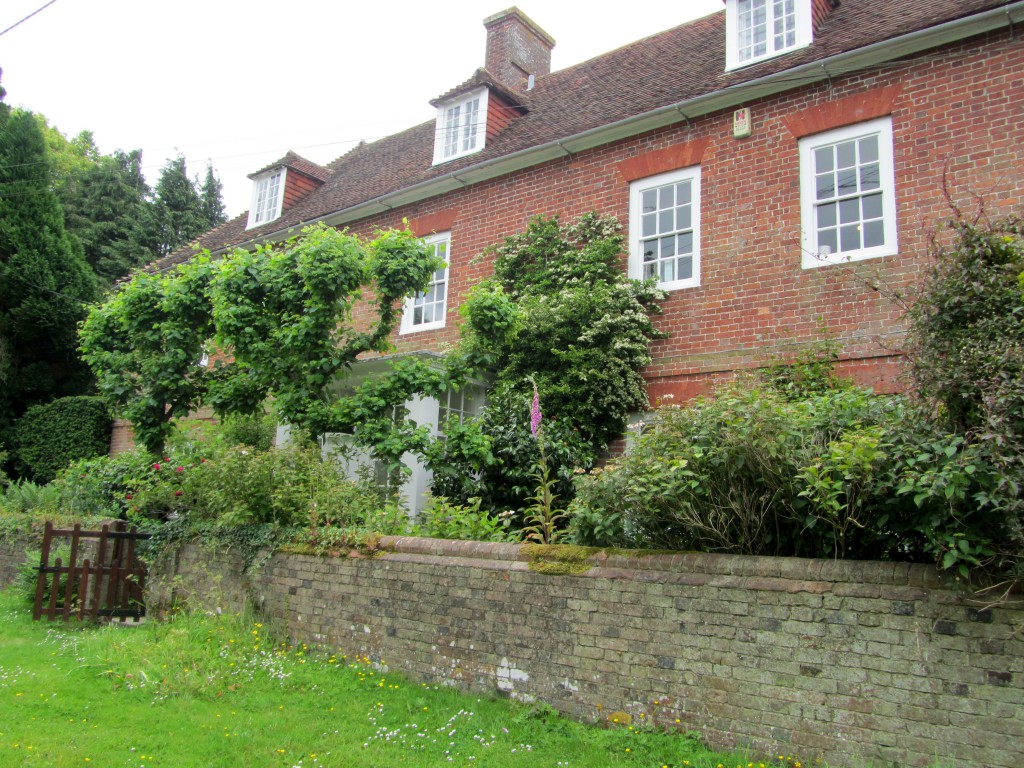

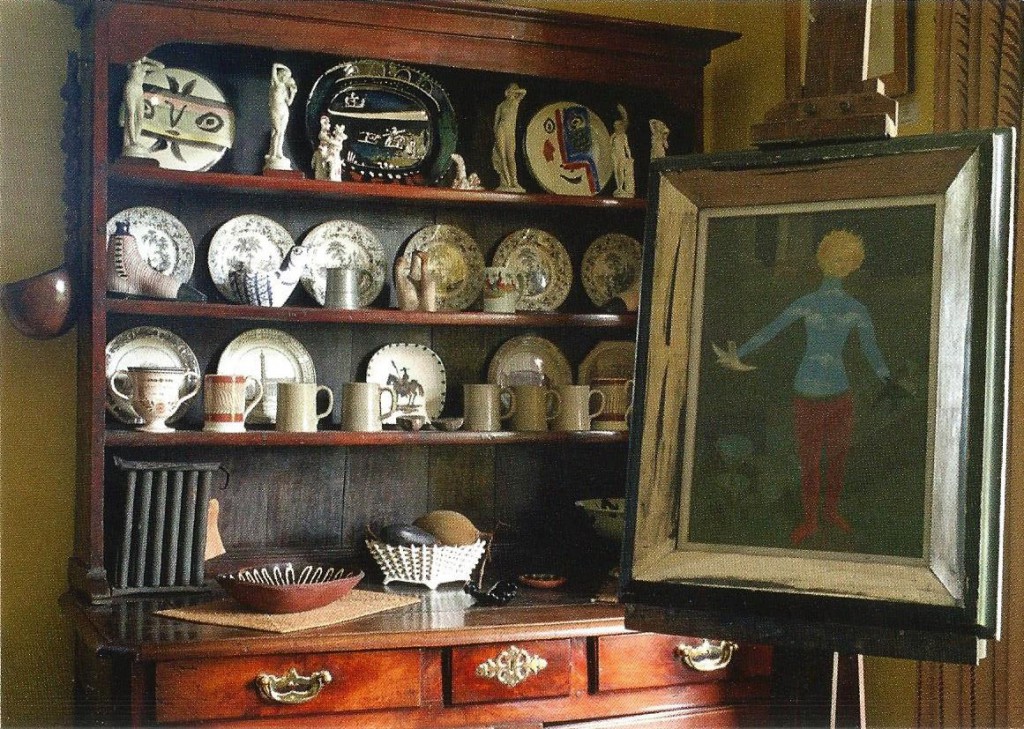











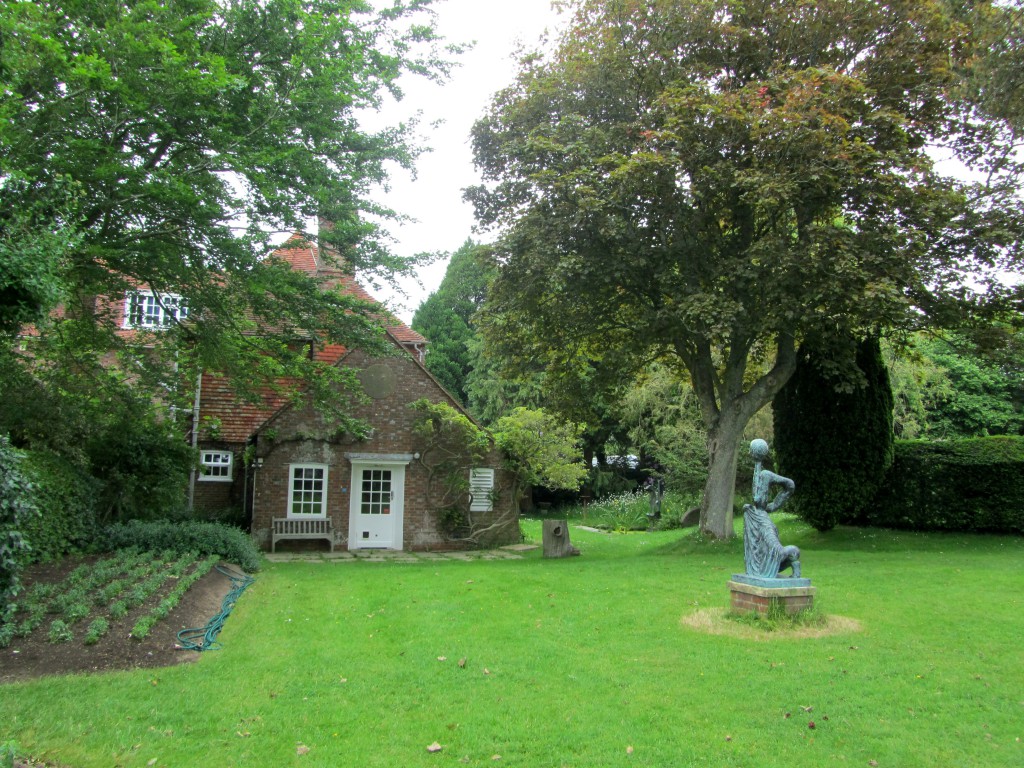



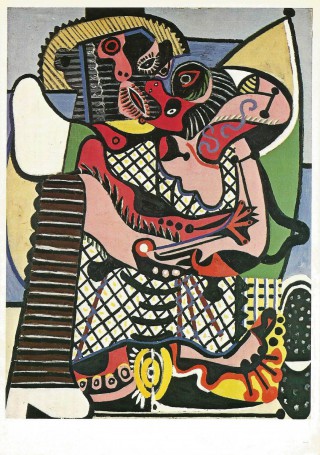


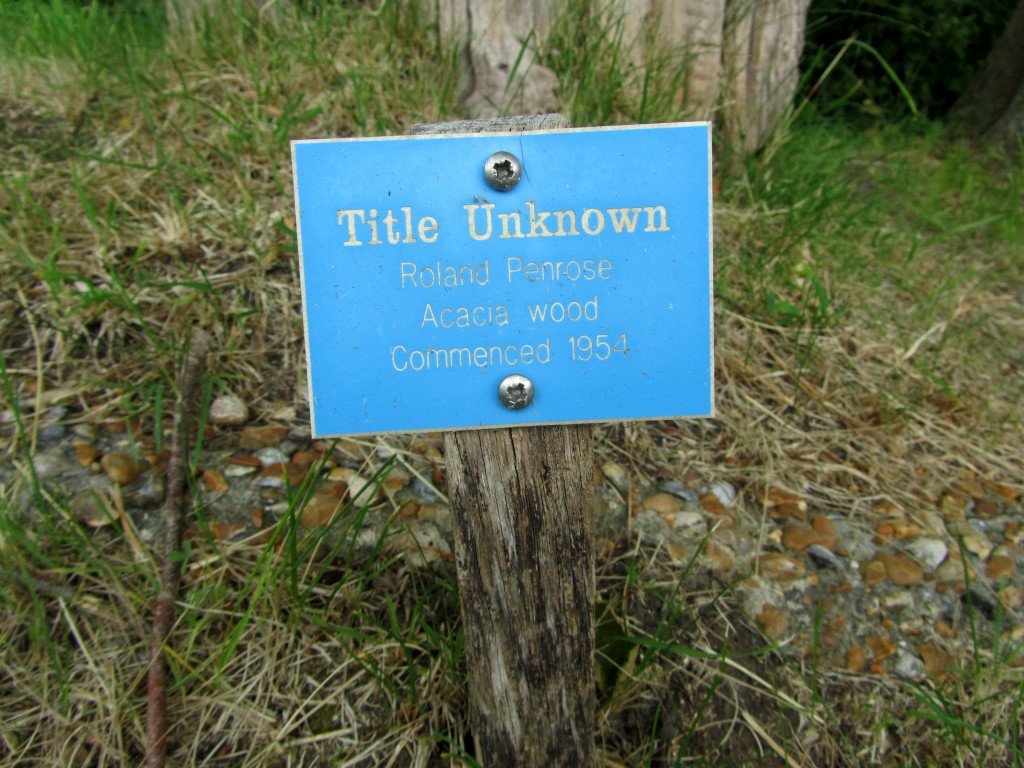



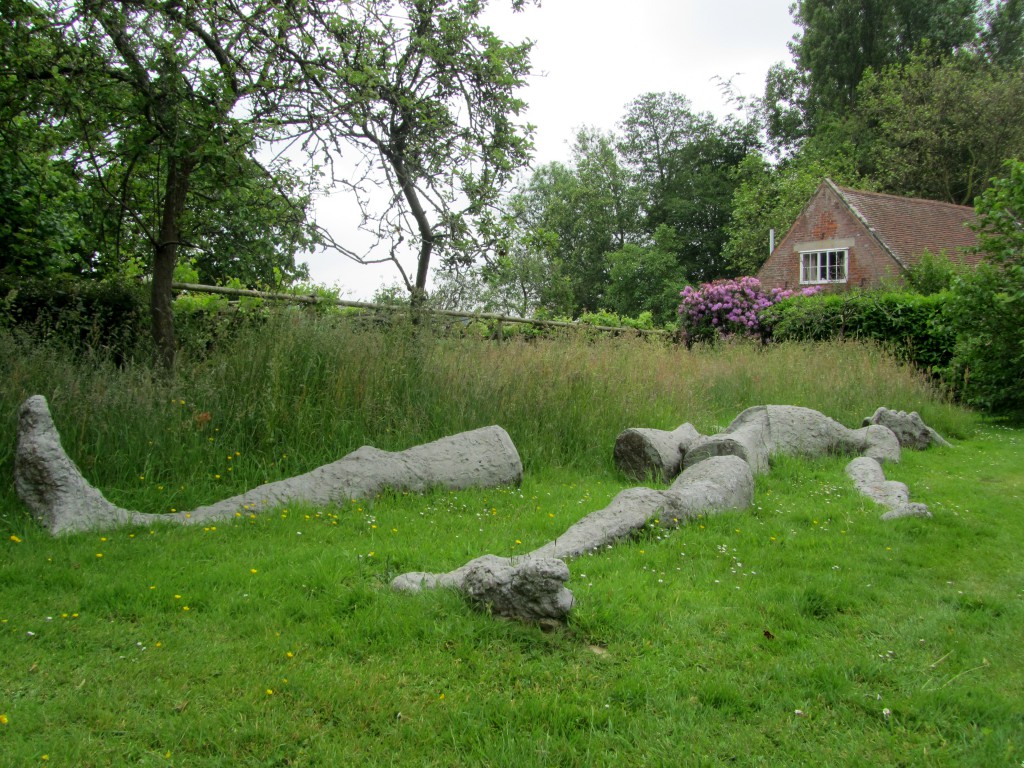
















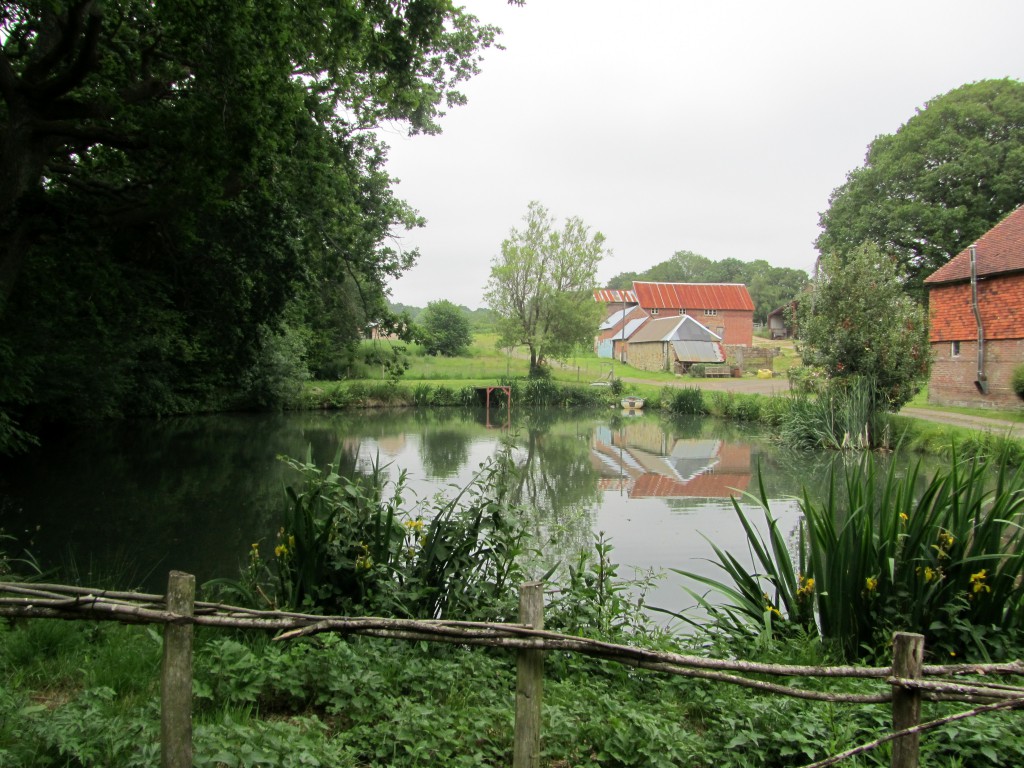











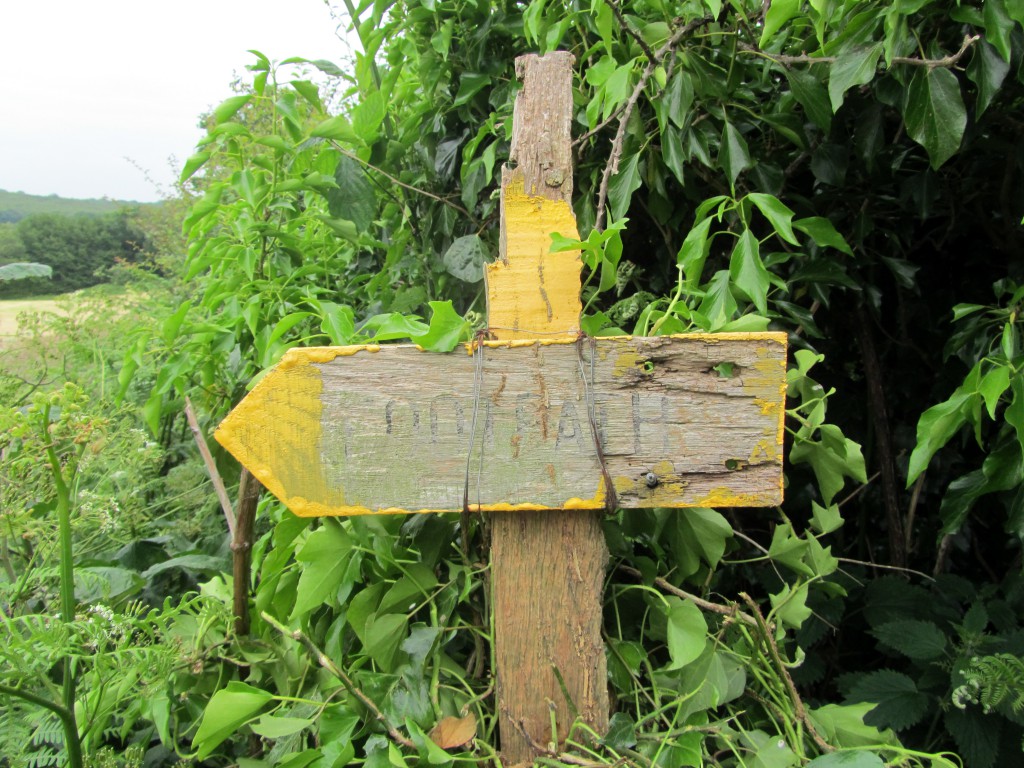





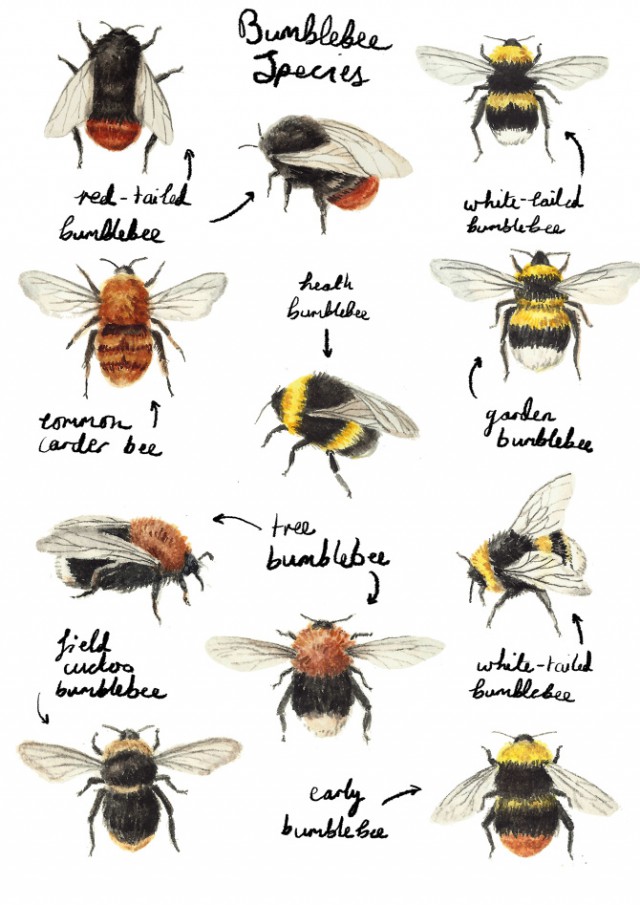





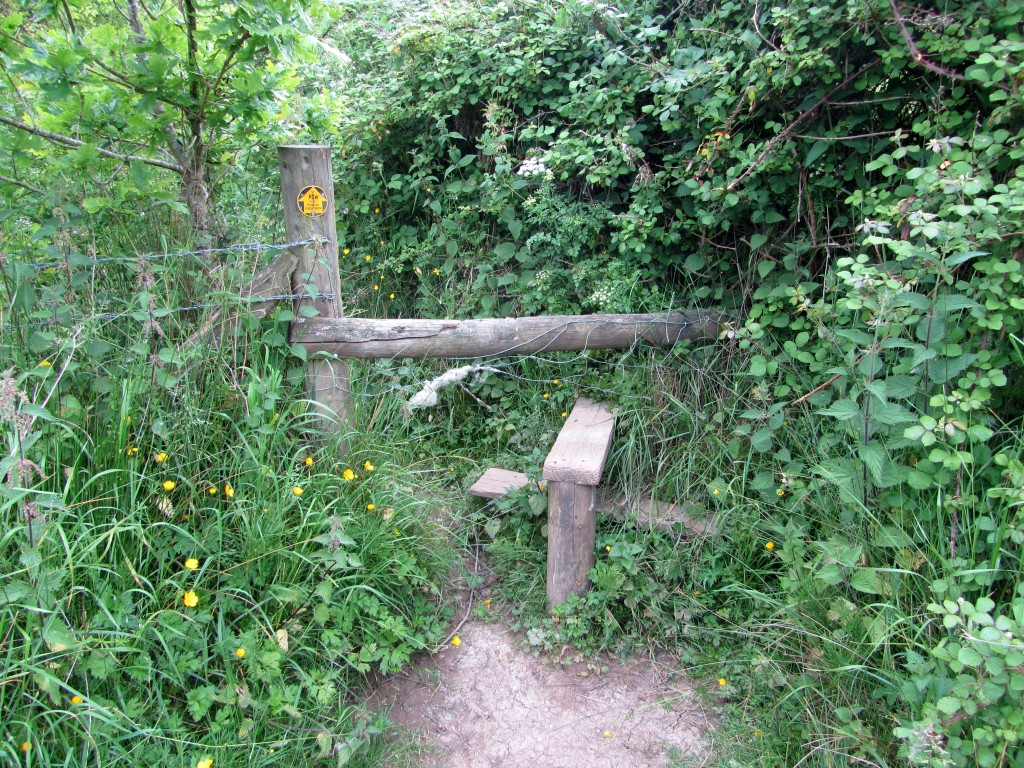

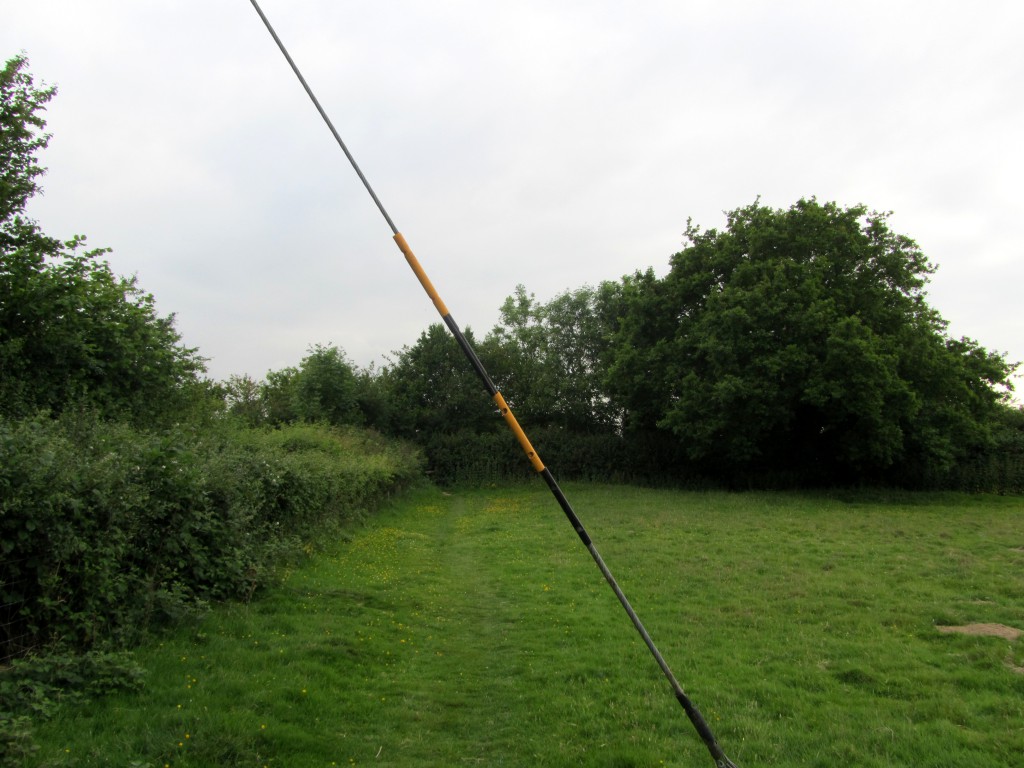

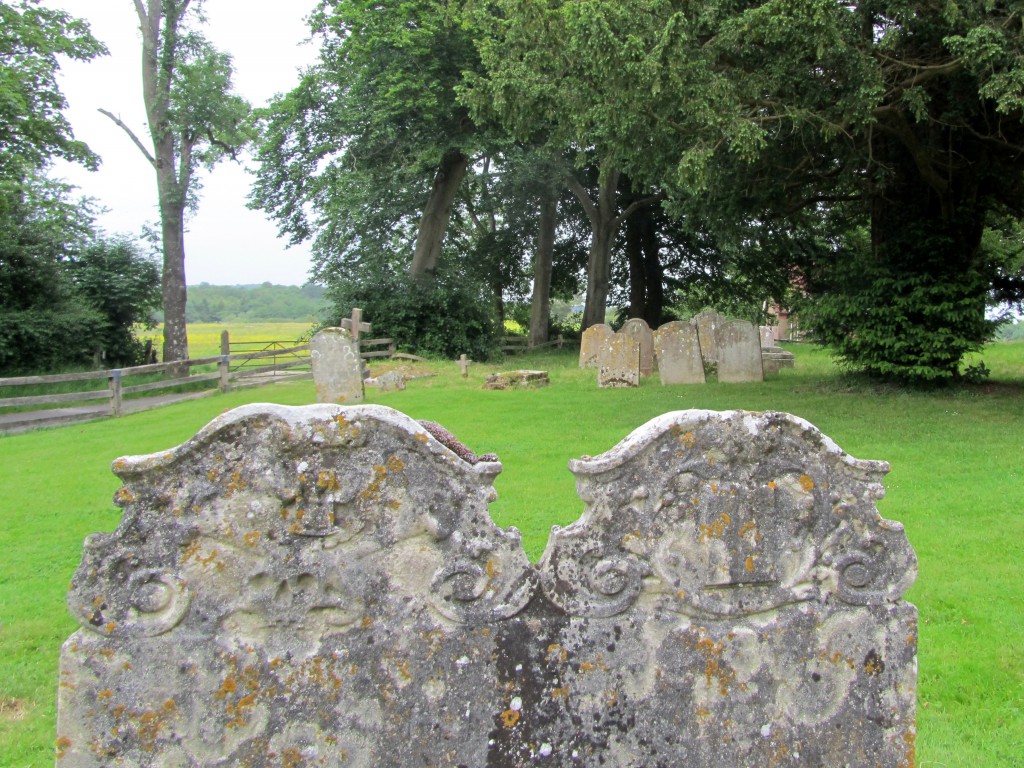


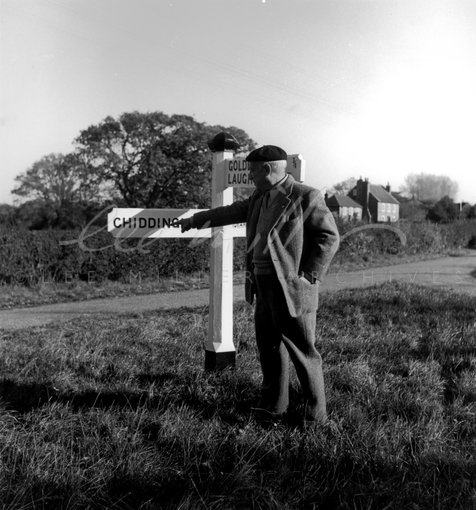

Fascinating post, wonderful photos ! Thank you for sharing this !
Cheers Val, I’m glad you liked it.
I really enjoyed coming along on this walk. A steaming pile of compost always brings a smile to my face. The clever reference to 70’s pop was fun as well.
Thanks Bill. I’m happy to look and thankful I don’t have to shovel it.
My childhood home in the 50s (father was vicar of
Chiddingly)
Memory lane
We knew the Penroses but never knew how fabulous they were till I was much older
Thankyou
Feel quite emotional
What a great place to grow up. You must have wonderful memories. Thank you for walking along with us.